The Constructive / Deconstructive Process Explained
I have a unique process, it involves applying paint and then removing it. I call this a constructive/deconstructive process.
It begins with the surface prep. I work on linen panels mounted to gatorfoam. I find that these panels are sturdy, yet light weight, and aren’t prone to warping. I first apply a generous coat of a medium grey oil paint to the surface with a trowel. I don’t cover the whole canvas, but try to have fun with it, and think about overall design of my painting while I do it. Then I have to wait a week or two for this grey to dry. Once dry I remove the ridges of the paint, so that I’m left with the marks of the trowel, but I don’t have the texture any more. I will do this first with a small razor blade, scraping the edge of the blade across the surface to remove the texture (You have to be careful in this step not to cut your panel!). Then I’ll take a fine tooth sandpaper and go over it again, just to make sure it’s nice and smooth. Here’s a picture of the resulting panel.
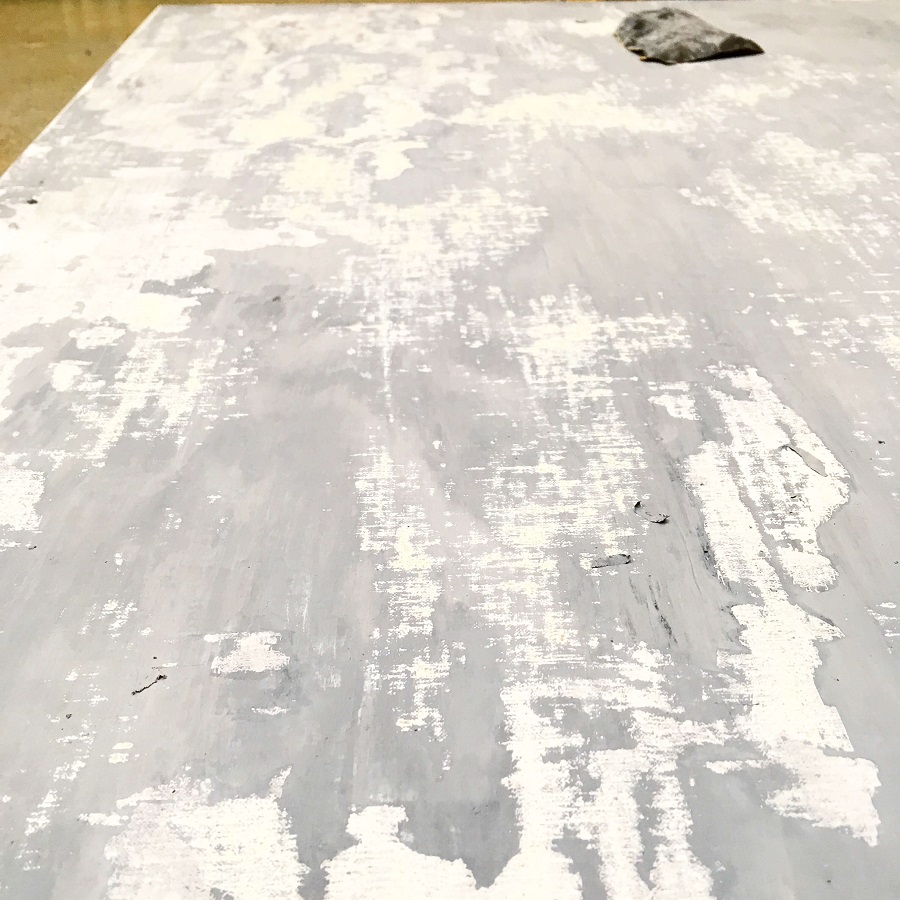
I do this because I love the visual texture that is left behind, and it’s fun to glaze transparent washes over it for the background.
Next, is the drawing. Sometimes I’ll do this with a pencil, but I find the fluidity of a brush to be better when working large. So this particular piece was laid out with raw umber and a little turpenoid.

Next I’ll apply the paint in a very direct manner, one stroke at a time. My mentor, William Whitaker, use to say, “Put down a stroke and leave it,” and his voice is still in my head. I use a relatively small brush for this, a round or filbert size 3 or 4. I try to pay attention to subtle colour shifts in the skin, and I accentuate them. If you begin with a high saturation you can always tone it down later, but if you begin too neutral it can be hard to breathe life into it later.

This is a really rough stage, but you can see as I’m laying down the paint, I’m thinking of the form underneath it. I try to apply my strokes in such a way as to describe the direction of the plane it’s resting on. Some strokes pull across, some strokes wrap around. One stroke at a time I’m building the illusion of volume into the painting, much like a sculptor adds clay to the armature. Once I get it all blocked in, then I have to wait again for the paint to dry, followed by another scraping.
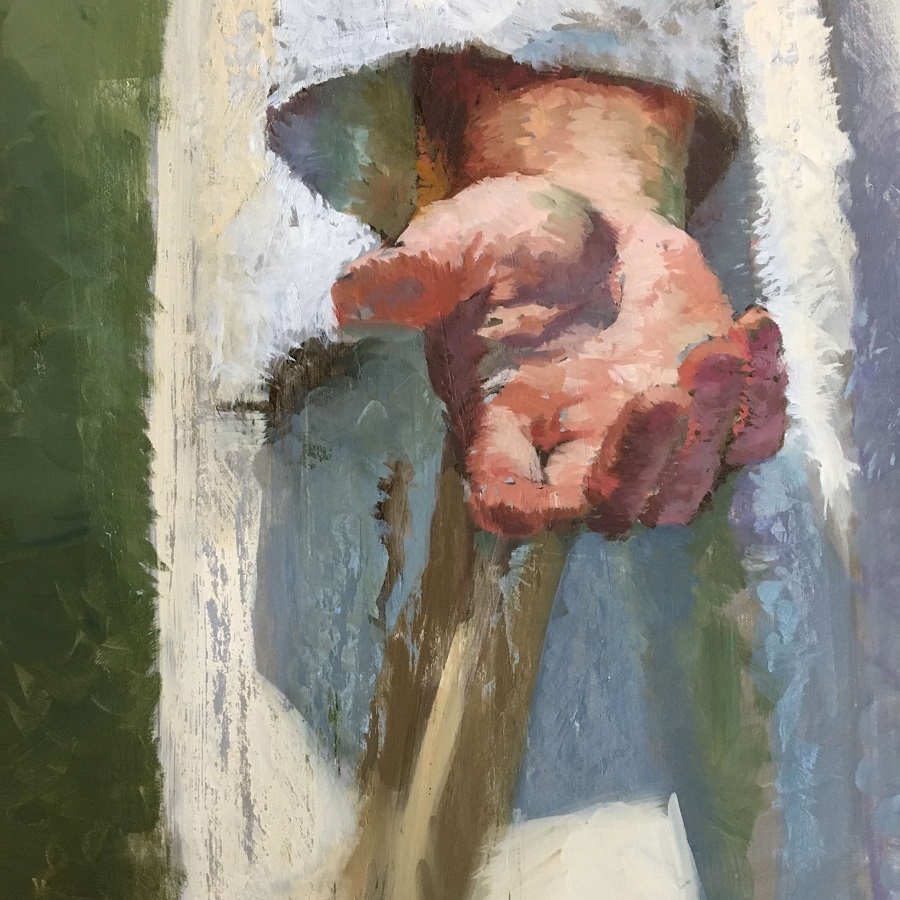
Next, it’s time to add another coat of paint! I apply it again much like I did the first time. However, as I go I’m looking for greater subtlety. I want to find the transition colours that are in between the colours I used for my initial block in. You’ll notice the image above has choppy contrast between the strokes, the goal is to find the midtone between them.

Then, you guessed it, it has to dry again! Then I scrape it… again! Then I go in and do the same thing over again.


Each layer brings us closer and closer to the refinement of the final. Around this stage I start trading my typical titanium white for Michael Harding’s stack lead white, and I mix it with a little Old Master’s Maroger medium. This allows me to play with more transparent layers on top. I love this technique, though slow and tedious, because it allows for a beautiful complexity to the finished product that you can’t obtain in any other way. Light travels through the layers and adds a wonderful depth. Not to mention there are so many colours and layers in the human skin anyways, and I feel this allows me to get closer to that reality.
Also, as I get closer to the finish, I don’t scrape as much. The application of the paint gets finer and thinner and doesn’t create many ridges. So I’ll just let it dry, and then when I come back to work again, I’ll oil in with some maroger or oleogel, so that the new layer will rest easily on the surface.

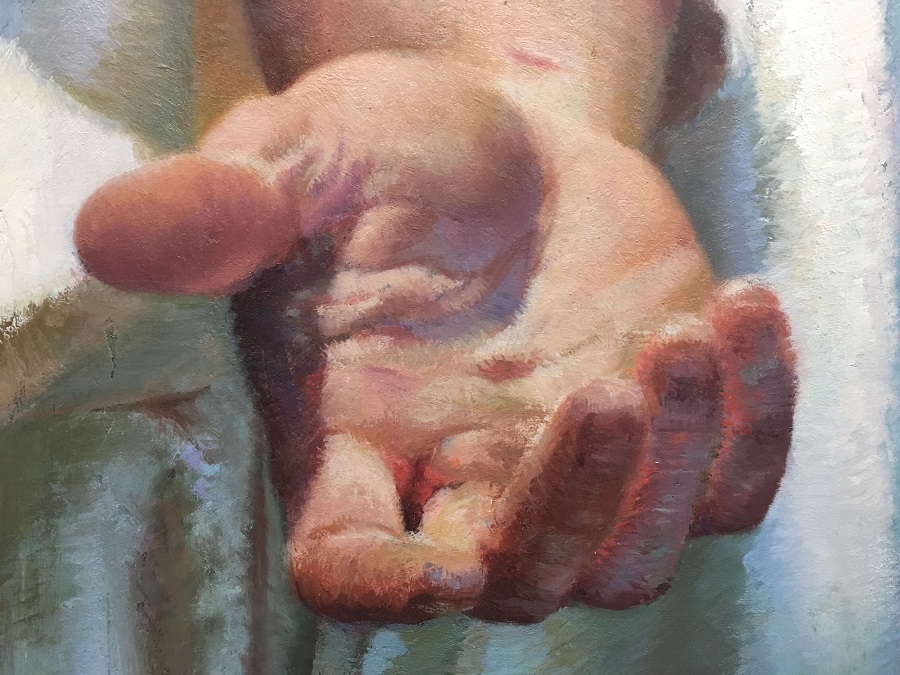
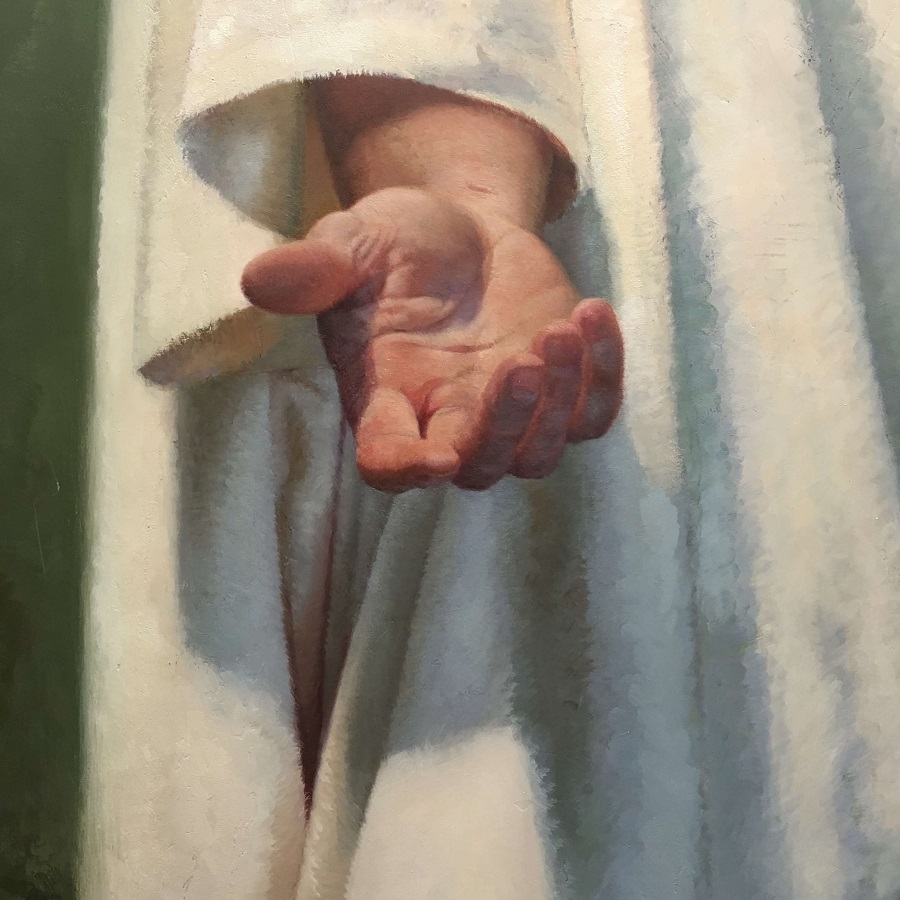
People love to ask, “How long does this take you?” and I always laugh and say, “Hundreds of hours.” It is not fast, but I couldn’t be happier with the finished product.
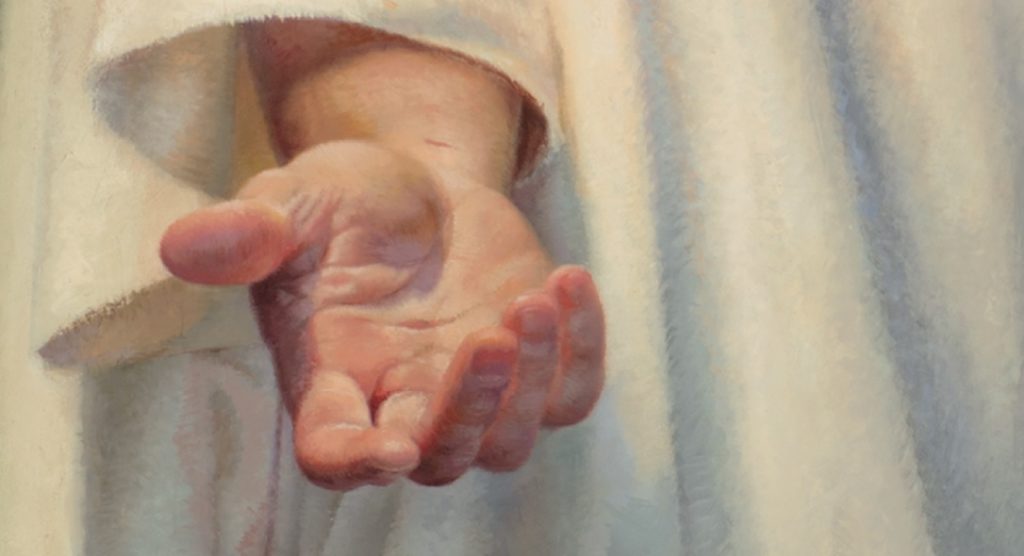
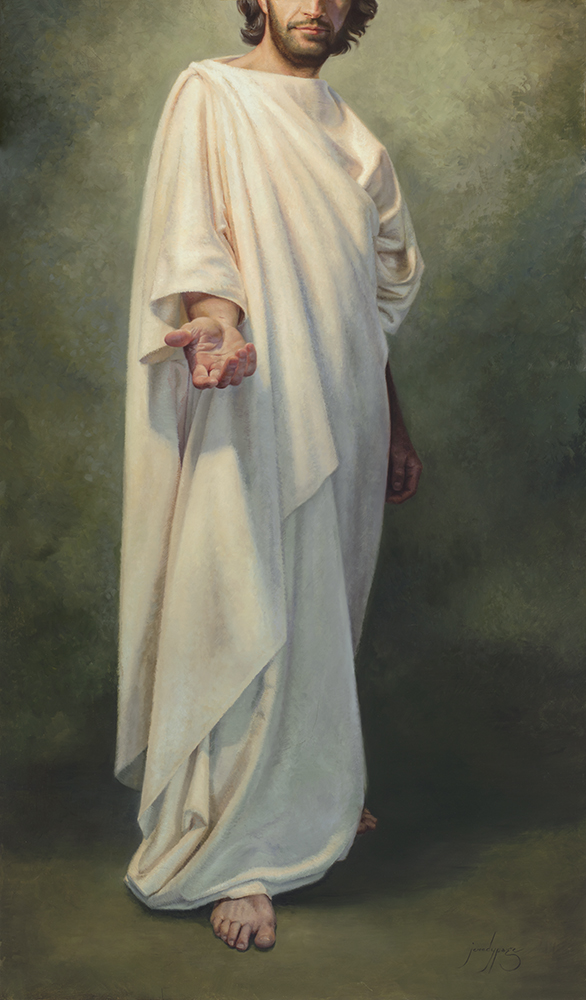


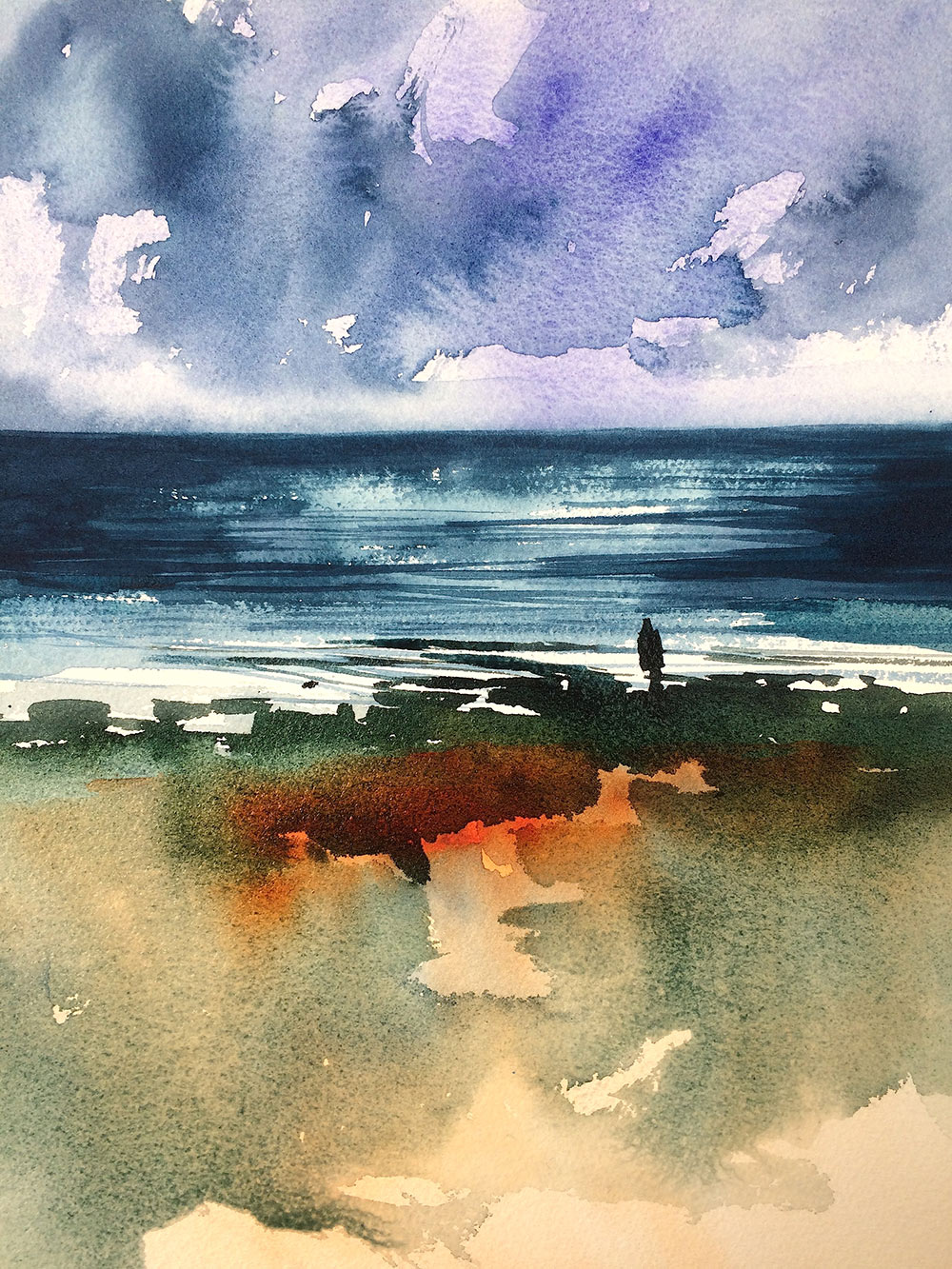
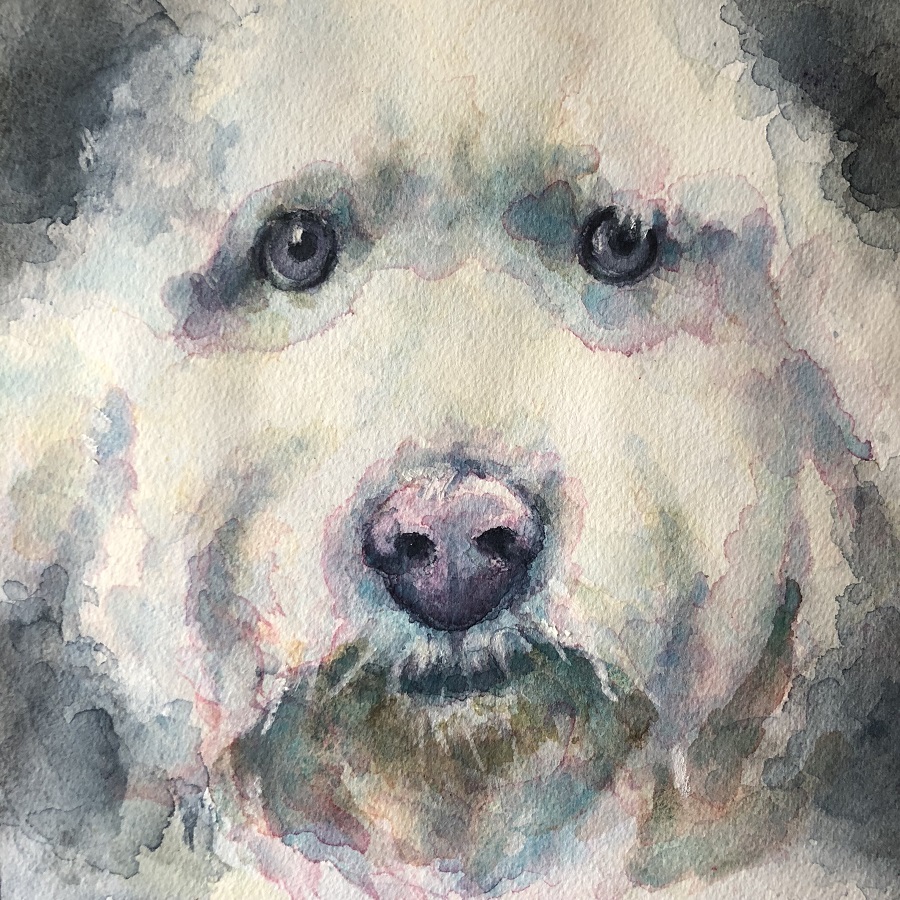
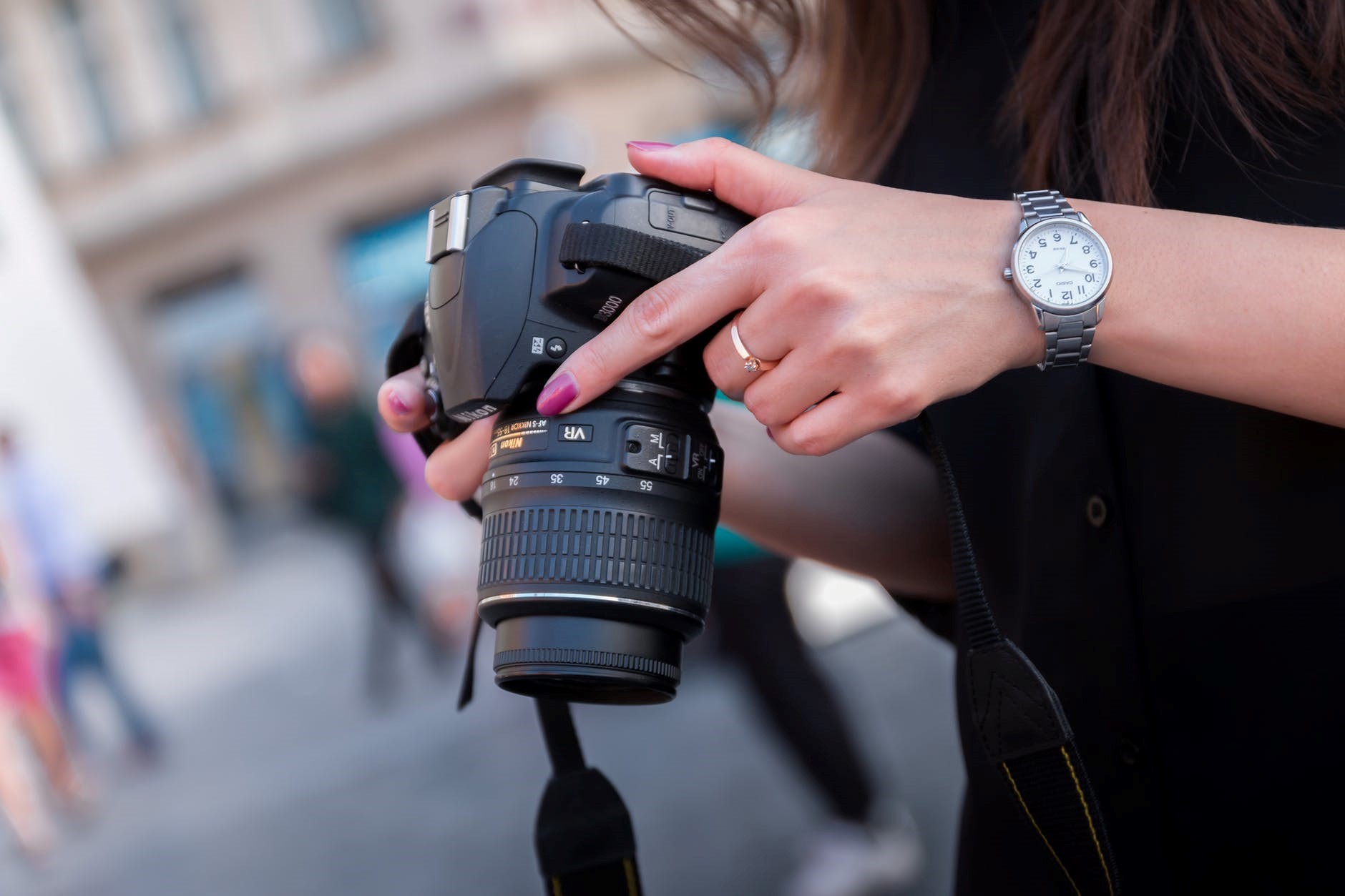
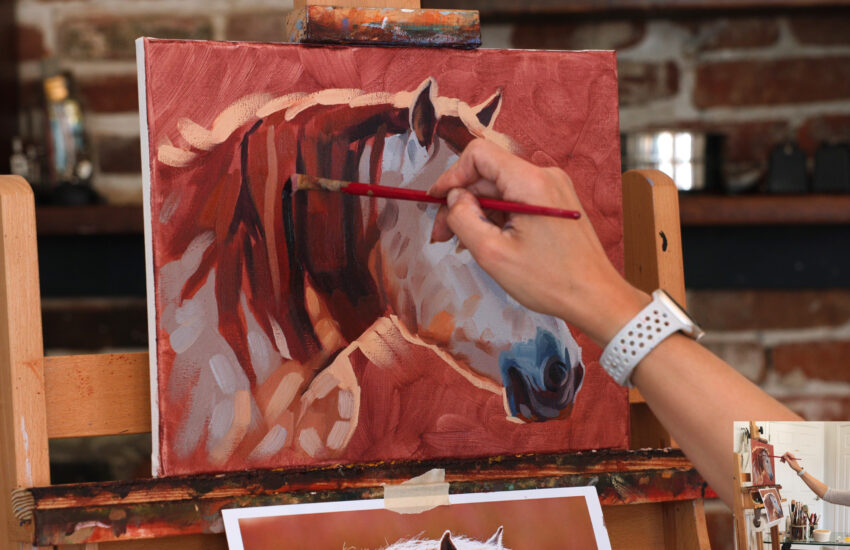
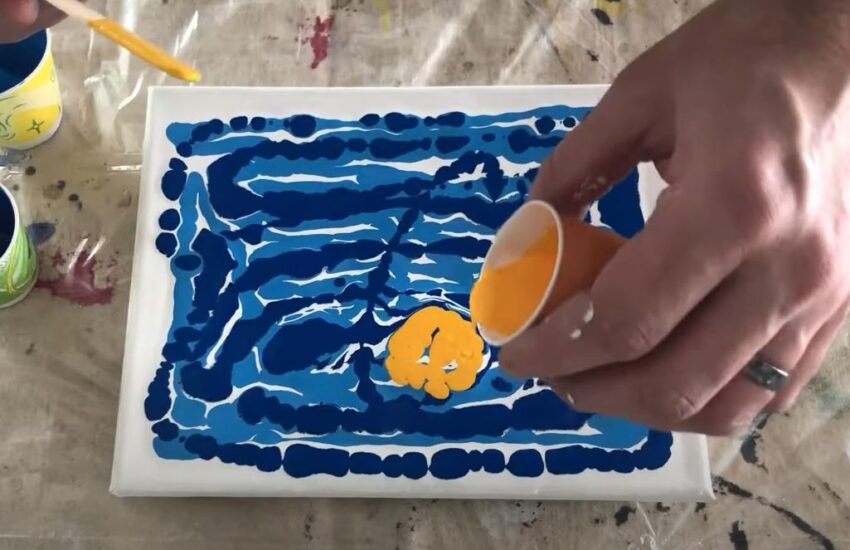
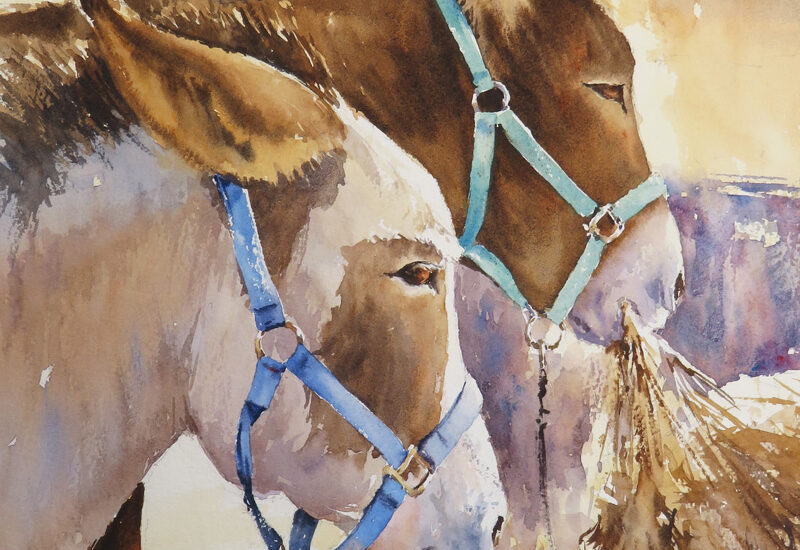


I have only just found this blog. It is alive and inspirational. Thank you.